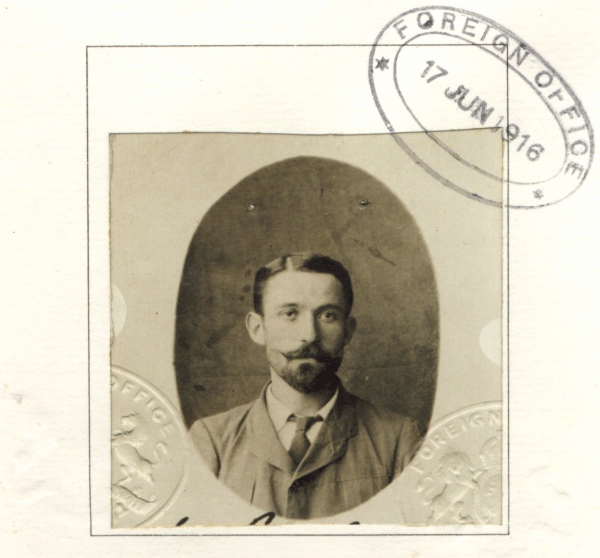|
|
|
We don’t know if Redmond
Barton Cafferata intended enlisting in the forces during the Great
War – being married with children and in his 30s he wasn’t in one of
the groups most likely to volunteer, and of course there were the
demands of the family business.
He was,
however, involved in the issue of recruiting: In February and March
1916 he was the Chairman of the “Advisory Committee on the Derby
Scheme”. As such he found it impossible to get married men to join
up. In disgust, he “chucked all up and volunteered my services to
the then under sec. of War, Tennant”
(1)
He was quickly offered a commission in the RNR and Redmond
embarked on a career with Military Intelligence.
|
|
Prior to 1909 the British Intelligence Service had been a
disparate group of organisations, including the Military and Naval
Intelligence Departments, but these had been reorganised to meet the
perceived threat from German spy networks operating in Britain. The
new Secret Service Bureau was initially divided into Military and
Naval sections. The Military section was the “Home Department” under
the command of Captain Vernon Kell. This eventually evolved into the
present day MI5. The Naval section or “Foreign Department” (today’s
MI6) was placed under the command of Sir Mansfield Cumming (always
signed himself, and was known as, “C”) and was charged with
intelligence gathering from abroad.
On
the outbreak of war, “Cumming’s priorities became military rather
than naval”(2) and in January 1916 his
organisation was renamed MI 1(c). It joined MI 1(a) – Operations and
Planning, and MI 1(b) – Enemy Intelligence relating to troop
movements, morale etc. Intelligence summaries from each group were
circulated about once a week to interested parties, including the
War Office, GHQ and Army
headquarters. |
 |
By the middle of the war, the intelligence
networks in Switzerland were disorganised and much less productive
than those at the other end of the Western Front, in France, Belgium
and Holland. On his enlisting, Redmond Cafferata was charged by “C”
to go out and re-organise Counter Espionage in Switzerland. He was
trained in Rotterdam by Richard Tinsley, a rough and rather shady
agent.
(3) In June 1916 he was back in London,
obtaining the necessary permits and visas, before departing for
Switzerland around the 17th, via Le Harvre and Paris. He
crossed the border into Switzerland at Pontarlier on June
20th, travelling
as a civilian and giving the reason for his journey as “for his
health” and to join “family in Switzerland”.
(4) |
|
Redmond
Barton Cafferata
June 1916 |
Pontarlier was to be his major base for nearly two years.
It was on Allied soil; a major advantage, as neutral Switzerland
guarded her independence from both sides. Yet it had good links with
Berne, only 70 miles away. |
|
There were other
benefits too; Pontarlier could provide safety and sanctuary to
agents, it allowed instructors to move freely in and around
Switzerland without having to establish an official position, could
be used as a base for training from England and, of course, allowed
close co-operation with the French Commissariat Special de
Police.
Throughout the autumn of 1916, (and presumably for the rest
of his time in Switzerland) Redmond travelled frequently between
Berne and Pontarlier, staying a few days in each place before
setting off again. On these exchanges he travelled as a “Ministry of
Munitions” representative. |
|